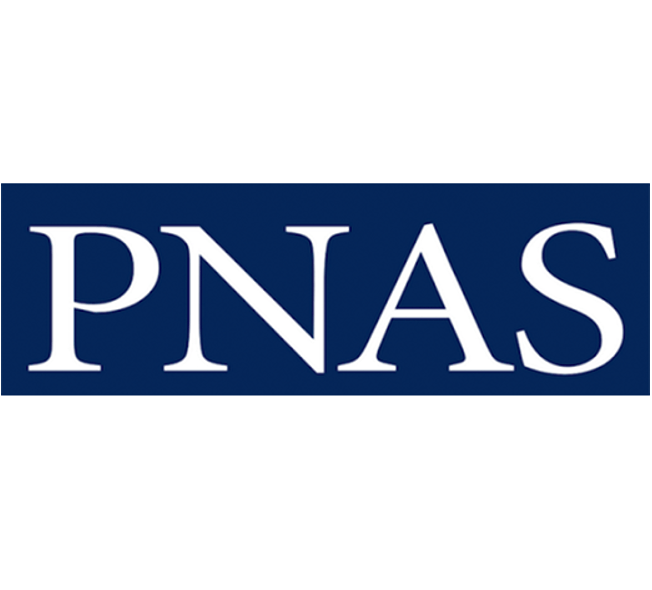- July 8, 2019
- Download
Limits to deployment of nuclear power for decarbonization: Insights from public opinion
"Decarbonization will require deployment of low-carbon technologies, but analysts have struggled to quantify which ones could be deployed in practice—especially where technologies have faced public opposition," according to a new paper in Energy Policy. This paper looks at how public opinion can affect deployment of low-carbon energies, and nuclear power in particular. In the paper, the authors attempt "to disentangle public opposition due to the dread of nuclear power from opposition stemming from its actuarial risk."





